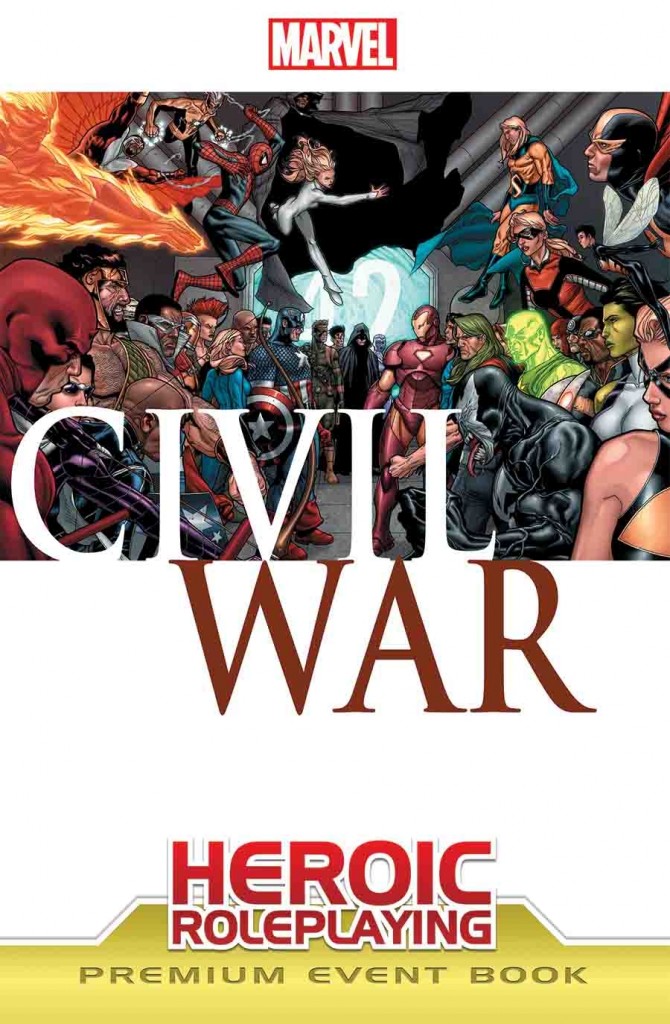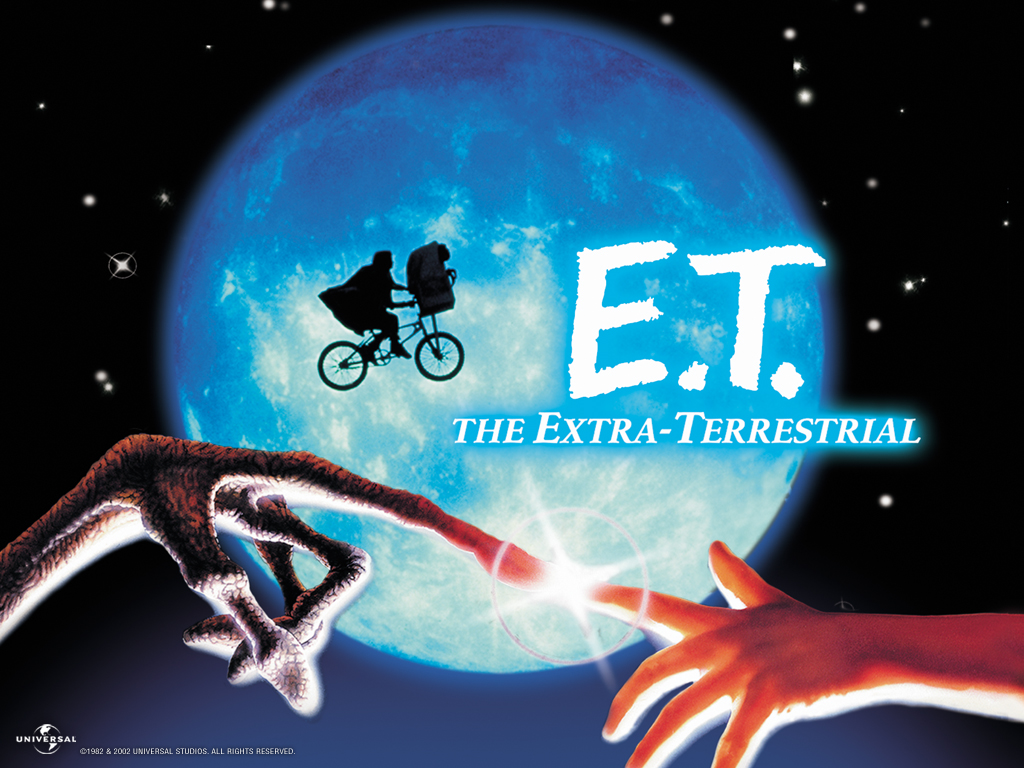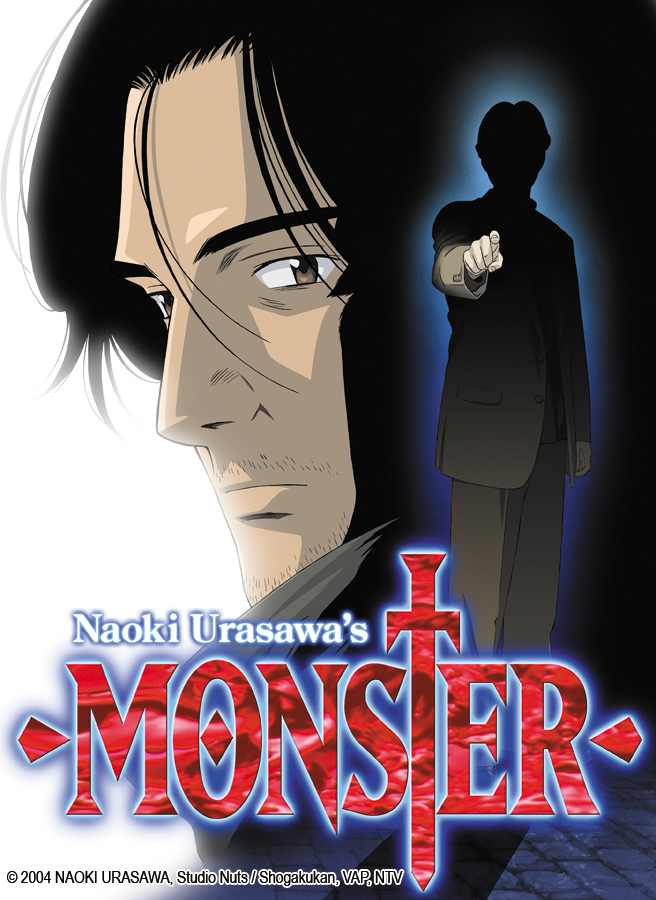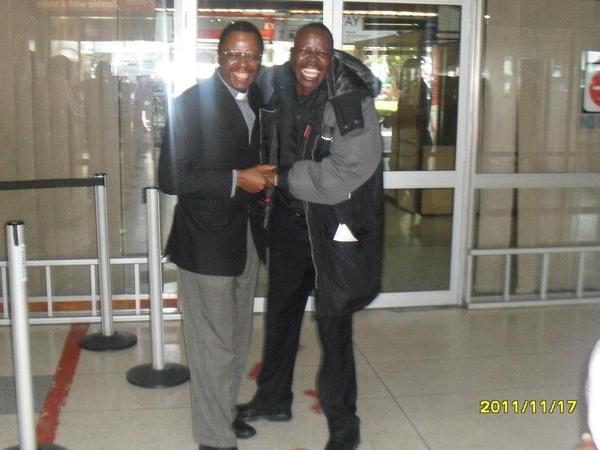Everyone knows one of those GMs: the bastards. The ones who seem to get off on the suffering they inflict, who try as hard as they can to loophole your characters into oblivion and, when they do, crow about it? Yeah, him. Picture his face. Then picture the look on his face when you tell him there's a game that's designed specially for him. Then imagine the look on his face when he reads the rules and realizes that you can punch him back in game, and that the playing field has been mostly leveled.
Isn't that satisfying?
Welcome to Burning Empires.
Burning Empires is based off of Burning Wheel, the famous indie fantasy RPG (which, if you've been reading this blog, you really don't need another intro to). And by based I mean it looks really similar until you start to play it. Because of this, it's really not helpful to look at Burning Empires in terms of how it relates to Burning Wheel, but on it's own merits. So I'll do that.
Burning Empires is based off of the comic book series Iron Empires, which are about the body-snatching Vaylen trying to take over what's left of the human race in the far future. I haven't read the comics and so I can't vouch for them, but I hear they're very good. Anyway, Burning Empires was made to replicate that series. The central theme of the game is based around what you're willing to sacrifice in order to win the war, and the mechanics do this pretty darned well. How? Well, first you have to build your world, then your characters, and then you play out the characters fighting for what they believe in even if it means sacrificing a whole lot along the way.
Building the Wheel
The first thing you do is burn your world. You pick from a series of lists and ideas that are in the book, and get your overall disposition (another word for "hit-points"). You decide where the planet is in the interstellar empire that is the Iron Empires, it's geography, it's main government and industry, and all sorts of things like that. There are three disposition numbers per side (human and vaylen) and they're usually in the GM's favor. You decide upon what the general problems of the planet are that the Vaylen can take advantage of, which then informs your character burning. THE MOST IMPORTANT THING TO REMEMBER IS TO USE THE REFERENCE LIST OF IMPORTANT SKILLS FOR EACH PHASE THAT'S IN THIS SECTION. DO NOT MISS THIS, BECAUSE IT WILL WIND YOU UP WITH VERY UNHAPPY PLAYERS. I put that in all caps for a reason (I might have missed it, and my players and I suffered as a result...)
Last thing to do before character burning? Decide who the Figures of Note are. Figures of Note are characters the big dogs of the planet. They're the ones who actually make everything work. You're only allowed to have up to three per side. Each phase features one.
Character burning is the arduous process of making a character. You make this character by deciding upon his history: where was he born? What did he do as a child? As a teen? An adult? and so on. These questions are answered by the concept of lifepaths, which give you the stat, skill, and trait points that you need to build up your character. I'm not going to lie, it can get pretty hairy for a beginner, especially if you're used to something more like DnD where you can just pick whatever you want. Here you will face consequences for each of your decisions, and you will be closed off from some things for good. Trust me, it's worth it!
Before the mechanical stuff you decide the most important stuff about your character: Beliefs and Instincts. Beliefs are the top three priorities you the player have for the character, written from the character's point of view. They can include goals ("I will save my brother the duke or lose my honor!") to ideologies ("The Burning Wheel is the source of all truth") to a mix of the two ("The Burning Wheel is the source of all truth, and it commands me to protect my brother the duke. I will do so or lose my honor!"). This is not a case of you getting into your character's head and figuring out what he wants: it's naked metagaming of "what would I like this character to be about?" You get rewarded for acting on these Beliefs in such a way as to drive the story forward.
Instincts are the top three gut reactions you find interesting about your character. They can include things you'd figure he'd learn from one his lifepaths ("Never turn down tail") to gear-related ("Always have a gun at my side") to skill oriented ("Whenever there's nothing to do practice my sharpshooting"). There are very specifics reactions to specific events. You get rewarded for intentionally ignoring your Instinct when doing so would get your character into trouble.
Traits are small bits of mechanical stuff that you attach to your character.They either help with characterization, muck with the game rules in your favor, or muck with the dice.All three are extremely good to have around. You get rewarded for using traits if it pushes the story in an unexpected route or if it hurts your character to use the trait.
The GM also makes characters for the opposing side. They follow almost the same rules as your characters, with some leeway given to the GM since he'll always be outnumbered in this game. These characters also get BITs (Beliefs, Instincts, and Traits) who get rewarded for all the same things we just talked about.
Turning the Wheel
Now that you know some of the basics of making characters and what they get rewarded for doing, let's turn to actually playing the game. Yeah, I know, that was a lot already. Well, it's all worth it. The campaign is divided into three phases: Infiltration, Usurpation, and Invasion. The first phase centers around the Vaylen using the planet's existing conflicts to get a foothold on the world, with the humans unconsciously stopping that from happening (for the most part). Usurpation is focused on the Vaylen trying to get as many of the Figures of Note and other officials under their wing as soon as possible. And Invasion is exactly as it sounds.
So the first thing you do is decide which phase you'll be starting in. If you want a full campaign start in Infiltration, and work your way up. You then start figuring out your maneuvers. Maneuvers are the big moves of the game. The GM picks his move in private, and then sits back and allows the players to pick theirs. They then start to role-play the characters doing their thing. There are a number of scenes the players and GM gets to use to accomplish their goal. Each player gets one of these scenes. No, you may not do "whatever you want", you should go by the scene structure. Why? It's a competition. You're not just role-playing, you're trying to win! Anyway, at the end of the series of scenes you played out the players and GM reveal exactly which maneuver they picked, and then one character from each side rolls to see what happens in the big picture, which determines how successful you actually are. Usually you're trying to target the other side's disposition with your roll. Once a side is knocked down to 0 disposition the phase is over. It's a really tense roll, I can promise you that. After the maneuver roll everyone gets rewarded as mentioned above, with Fate, Persona, and possibly Deeds!
Fate points allow you to re-roll 6s on a single test. They're a nice last-minute stopgap against failure. Persona allow you to add one die per point spent, to a maximum of three. And the almighty Deeds point lets you double your base stat or skill. You also get rewarded for roleplay, being the most useful, making that big roll that would have made things go badly in your failure had it been anyone but you doing it, and so on. After you're done with rewards, you play another maneuver, and then give out rewards again.
The Physics, Large and Small
Oh goodness, there's MORE?? Well, I could lie and say no, but then you leave out some of the best parts of Burning Empires! S'yeah, there's more. Suck it up and keep reading.
Burning Empires is a d6 dice pool game: your characters have numbers next to their stats and skills, and that's how many six-siders you roll. 4-6 is a success. You're trying to beat the target number, or Ob, with a certain number of successes. Failure means the GM (y'know, the opposition?) gets to muck with your intent somehow. You may help each other and use FORKs (Fields of Related Knowledge) to get your skills higher, but that'll mess with your advancement. Skills and stats increase as you use them, there's no leveling system to save anything you don't use all the time. You may also train skills in game, but I don't recommend that, since you'll just be handing another win to the GM, who is already cackling with glee as he imagines hulling your character and getting to use him on his side. Finally, there's the Let it Ride rule, which means you can't roll multiple times for the same test. If you succeed, you're successful as long as the situation doesn't change in a meaningful way. If you fail, the same applies. You have to then try to change the situation itself. But considering that, thanks to the scene economy you'll probably only get one die roll a maneuver (more if you pick the extended conflict, but we'll get to that) it's a pretty big deal whether you succeed or not.
And then there's the extended conflict mechanics, which are The Duel of Wits and Firefight! All these work the same basic way. It's essentially the maneuver roll put into a smaller context. Choose three moves in secret, and then play them against the other side, one at a time. If no one's disposition was knocked out by that volley, pick another three! And don't worry, you roll a smaller disposition then the one you did for the phases. This doesn't directly influence your larger disposition. Do not let your DnD-instincts (if you have any) get in the way of these extended conflict mechanics. Once I got used to it, I found that I couldn't really go back to standard initiative. Why? Well, this is really dynamic and intense. You literally have no idea what is going to happen next. Firefights! in particular get unpredictable, with characters in mortal danger from the very start. There are no smaller fight mechanics beyond a simple versus test, so if you want to get anything done, this is it! If you have preconceptions of what fights and arguments should look like, throw them all out and give this a try.
There's a lot more going on, but frankly you don't need to know about it to get the game or not. And by this time? You should probably have a good idea of whether you want it or not. If you're a die-hard rules-lite dude, do NOT get this game. Just, save yourself the 45 bucks (hardcopy, there's a pdf for 20) and find something else. For anyone else who wants to take a shot a war-game RPG, this here is a good bit. There are a lot of crunchy bits that move around and look confusing, but if you get past the learning curve and give this game an honest shot I promise you'll be very happy you did. In the (so far) one time I ran this game, the players had a blast. We were playing on a prison planet of liquid oxygen, and as a last-ditch effort they blew up the whole planet rather than let the Vaylen get it! The role-playing was incredibly intense, and the plot was moving like a roller coaster. The mechanics make for a very intense and fast game, one that will leave you a bit breathless and surprised.
Give it a shot. You won't be disappointed.




















